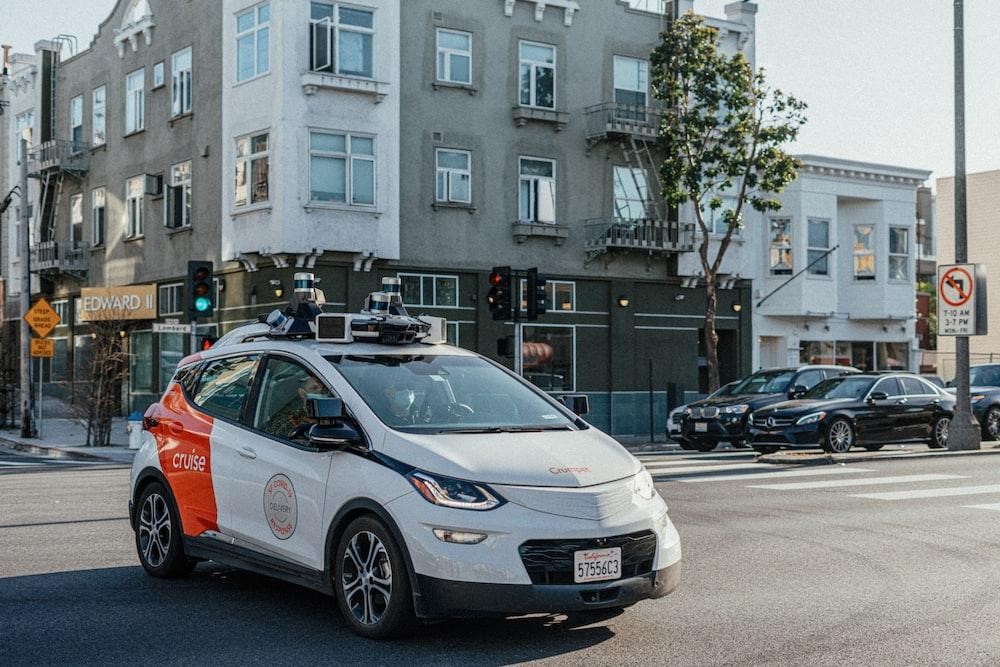Level 4 Automation: The Future of Autonomous Driving

Introduction
In the rapidly evolving world of automotive technology, autonomous driving is at the forefront of innovation. From science fiction to reality, the concept of self-driving cars has come a long way. One significant milestone in this journey is Level 4 Automation, where cars can handle the majority of driving situations independently. In this article, we will explore the features, advancements, and implications of Level 4 Automation in the automotive industry.
Understanding Vehicle Automation Levels
Before delving into Level 4 Automation, it’s crucial to understand the different levels of vehicle automation. Experts have defined five levels, each describing the extent to which a car takes over tasks and responsibilities from its driver. Let’s briefly examine these levels:
- Level 0 – No Automation: The driver controls the car without any assistance from driver assistance systems.
- Level 1 – Driver Assistance: Basic automation features such as adaptive cruise control and collision warning systems are included.
- Level 2 – Partial Automation: The car can assist with steering, acceleration, and braking, but the driver remains responsible for monitoring the road.
- Level 3 – Highly Automated Driving: The car can drive autonomously under certain conditions, but the driver must be ready to take control within a few seconds.
- Level 4 – Full Automation: The car can handle the majority of driving situations independently, but a human driver can still request control if needed.
Level 4 Automation: Advancements and Capabilities
In Level 4 Automation, vehicles possess advanced capabilities that allow them to navigate highly complex urban driving lessons situations. These vehicles can handle unexpected road conditions, such as construction sites, without any driver intervention. Although the driver’s presence is still required, they have the freedom to engage in other activities or even sleep temporarily during the journey.
Technology and Safety
Level 4 Automation technology focuses on ensuring safety while providing a seamless driving experience. Cars at this level must meet stringent safety standards and operate at relatively low speeds within populated areas. The absence of a cockpit signifies that every person in the car becomes a passenger, opening up new possibilities for mobility, especially for individuals with disabilities.
Benefits of Level 4 Automation
The introduction of Level 4 Automation brings numerous benefits to both drivers and society as a whole. Let’s explore some of these advantages:
- Increased Safety: With advanced sensors and algorithms, Level 4 automated vehicles can react faster and make more precise decisions, reducing the risk of accidents caused by human error.
- Improved Efficiency: Autonomous driving eliminates the inefficiencies caused by human factors such as distractions and fatigue, resulting in smoother traffic flow and reduced congestion.
- Enhanced Accessibility: Level 4 Automation opens up new mobility options for individuals who are unable to drive due to age, disability, or other reasons.
- Environmental Impact: Autonomous vehicles can be programmed to operate more efficiently, reducing fuel consumption and emissions, thereby contributing to a greener future.
Future Implications of Level 4 Automation
With ongoing advancements and research in autonomous driving, Level 4 Automation is expected to revolutionize the automotive industry. The implications of this technology reach far beyond personal transportation. Here are some potential future implications:
- Ride-Sharing and Mobility Services: Level 4 automated vehicles can be utilized in ride-sharing and mobility services, transforming the way people commute and travel.
- Logistics and Delivery: Autonomous trucks and delivery vehicles equipped with Level 4 Automation can improve efficiency and reduce costs in the logistics industry.
- City Planning and Infrastructure: The integration of autonomous vehicles into urban environments will require city planners to rethink infrastructure design and traffic management.
Conclusion
Level 4 Automation represents a significant milestone in the evolution of autonomous driving. With its advanced capabilities and potential benefits, this level of automation promises safer and more efficient transportation. While challenges and limitations remain, ongoing research and development will pave the way for the widespread adoption of Level 4 Automation and shape the future of mobility. As technology continues to progress, it’s essential for industry stakeholders, policymakers, and the public to collaborate and embrace the opportunities presented by autonomous vehicles.



